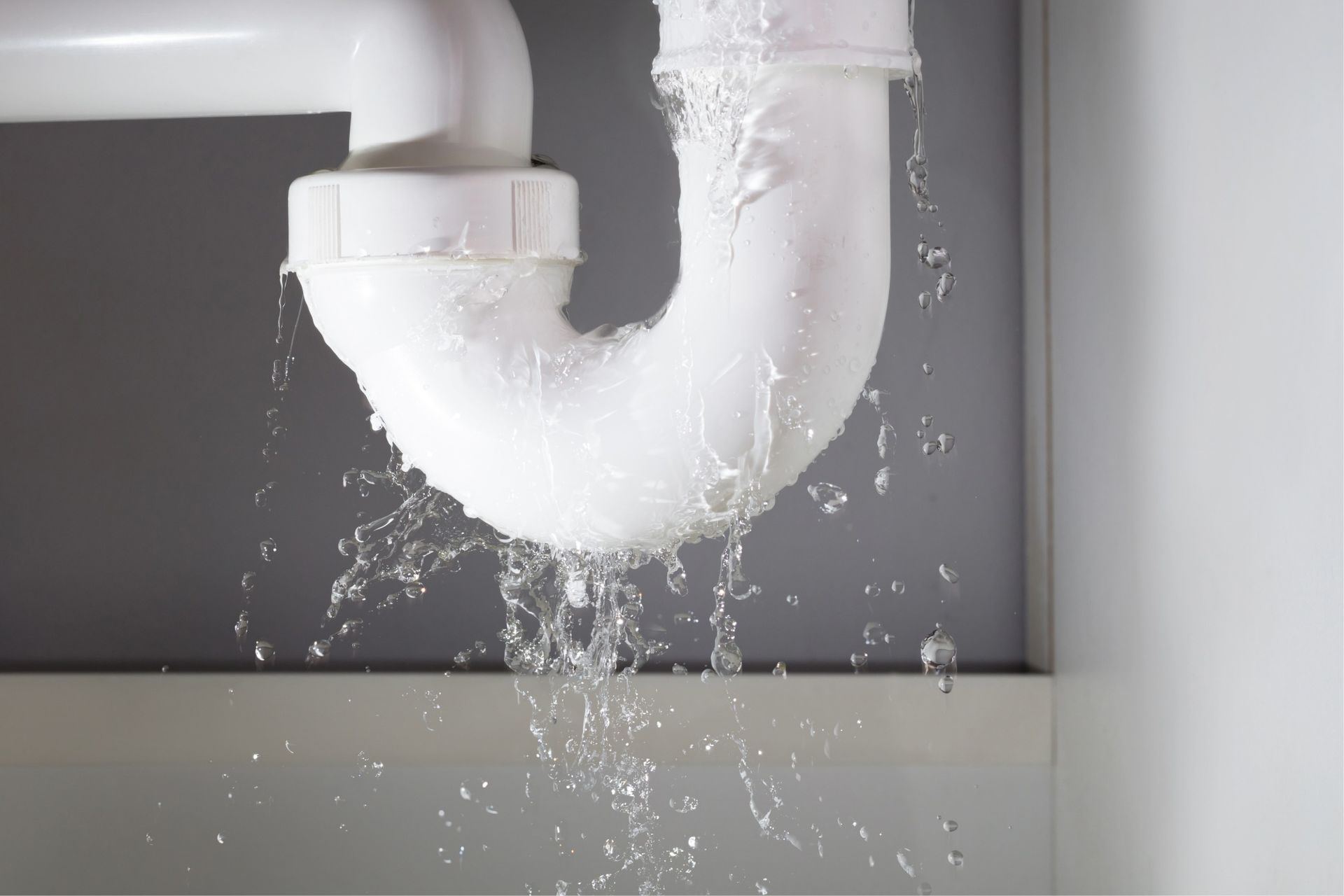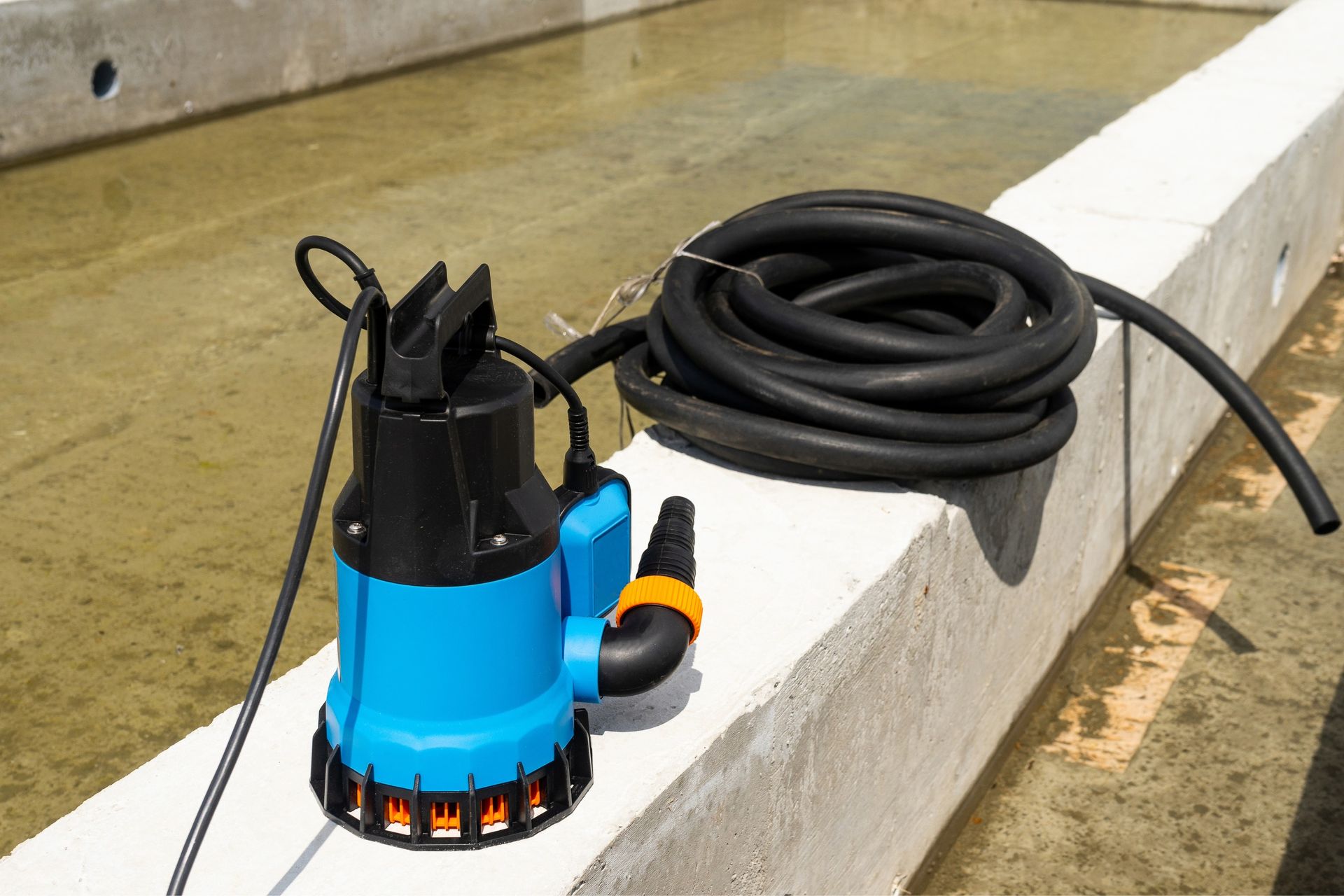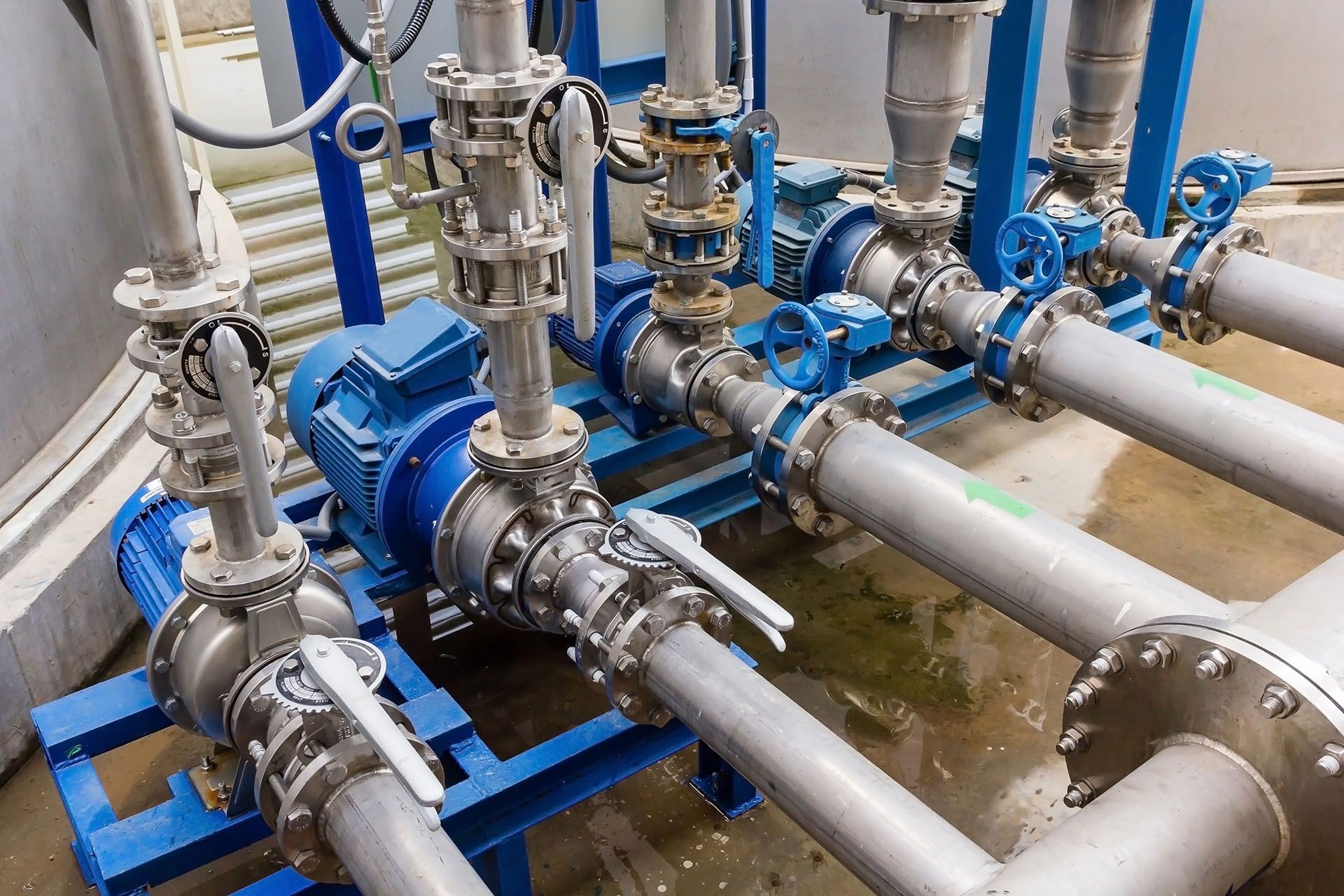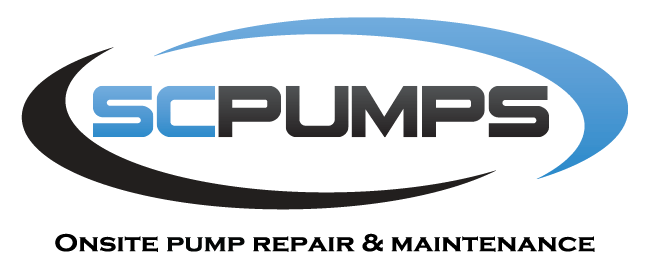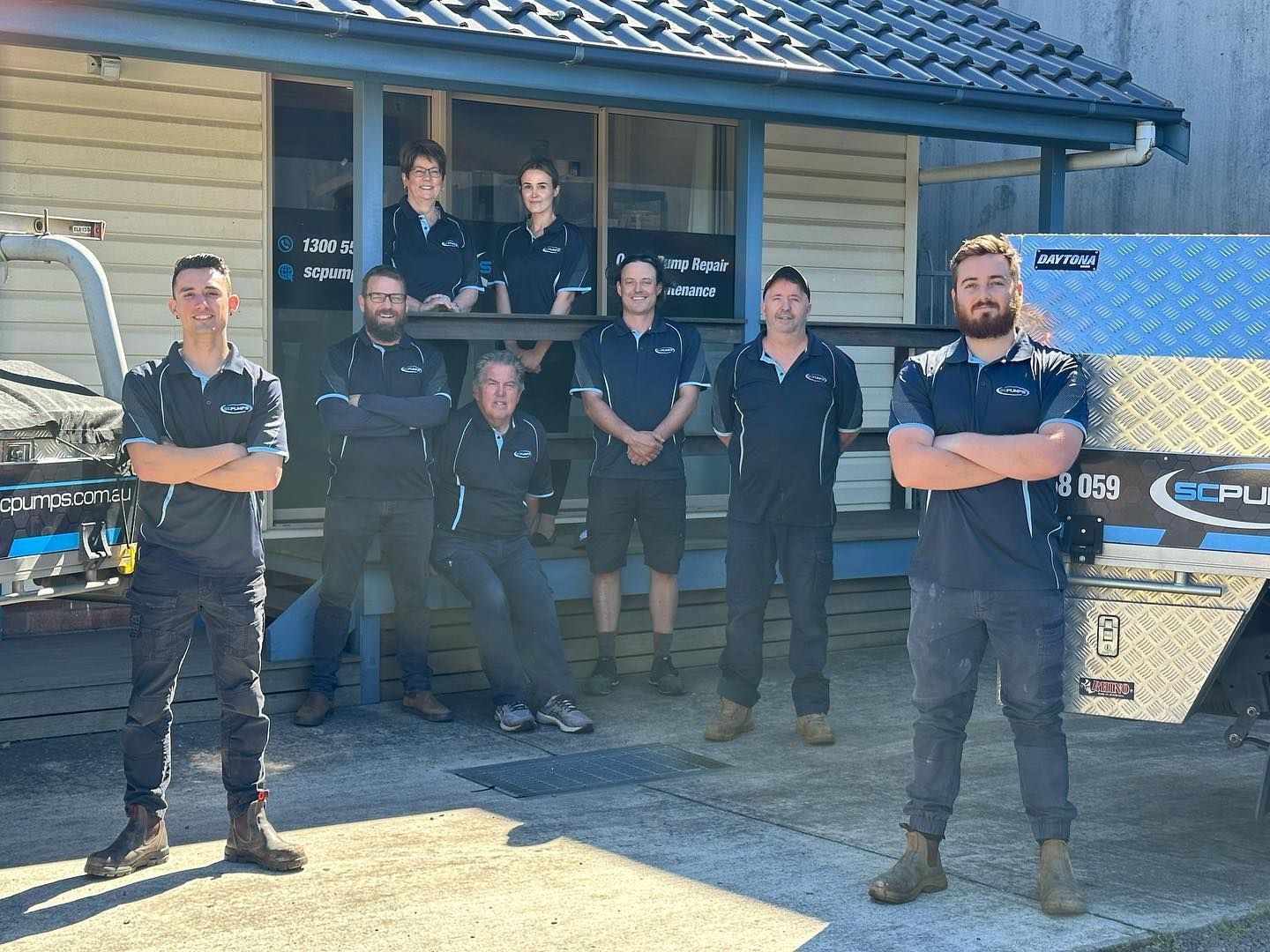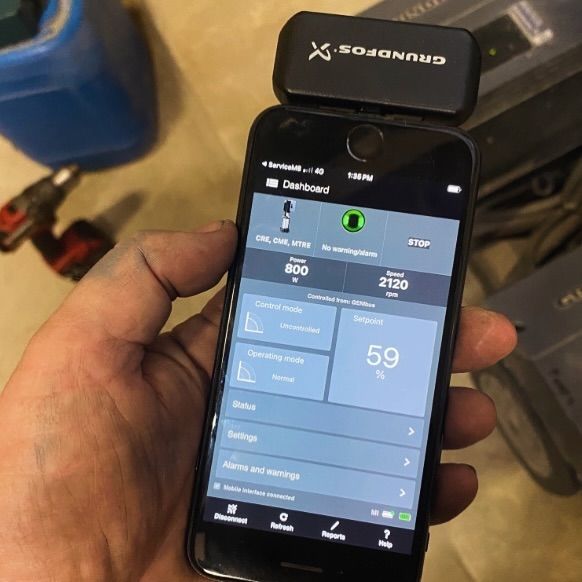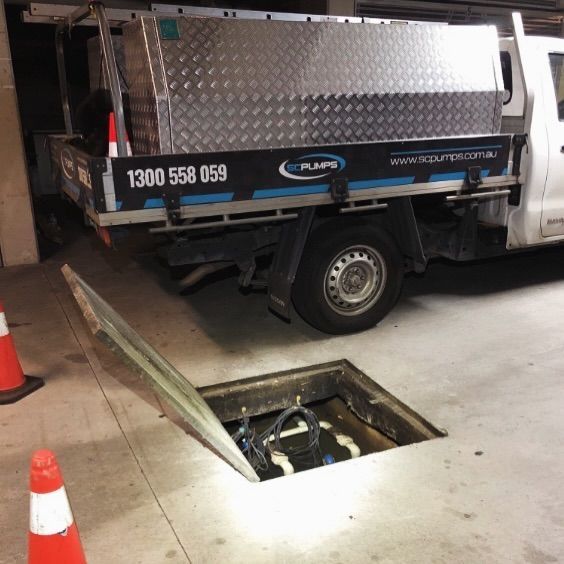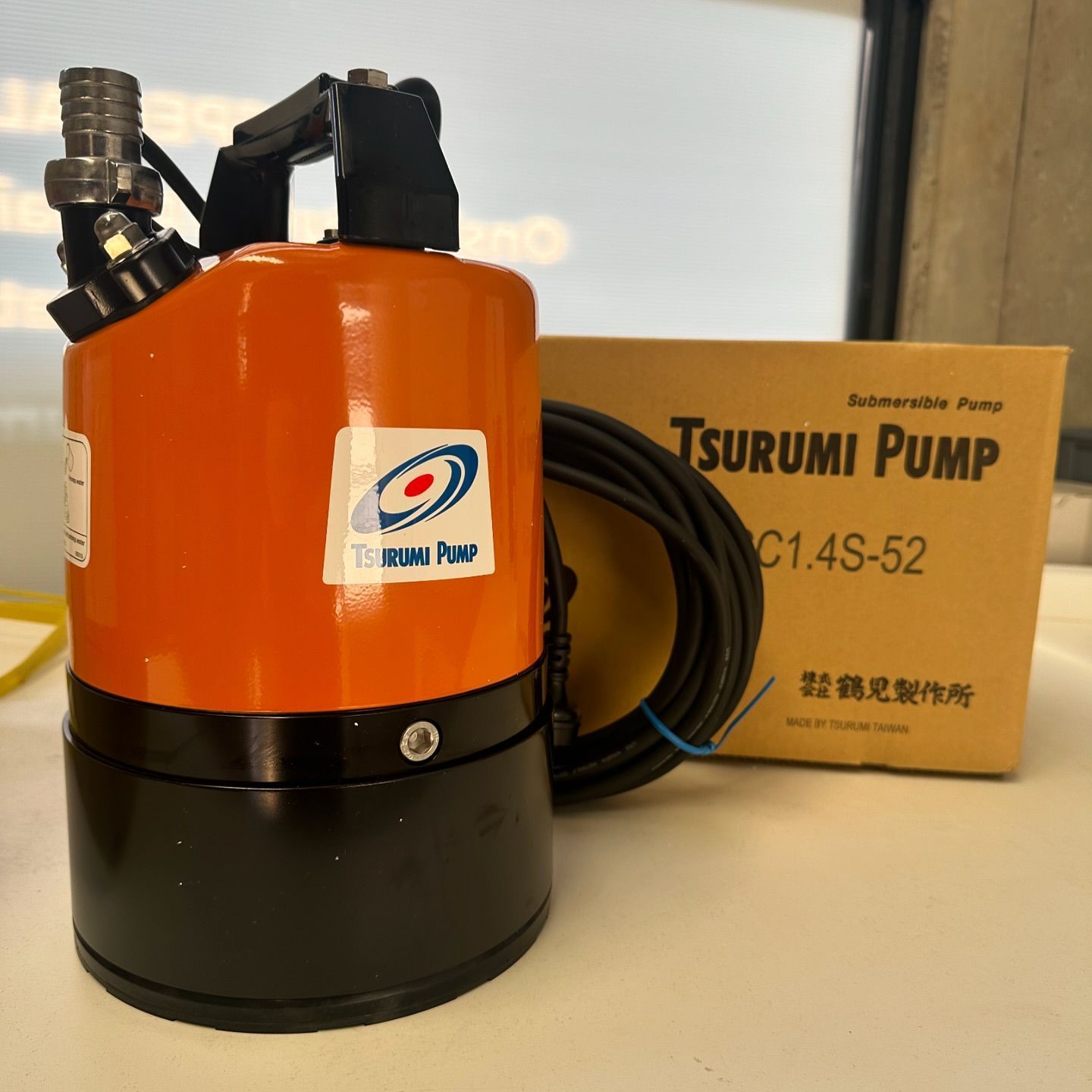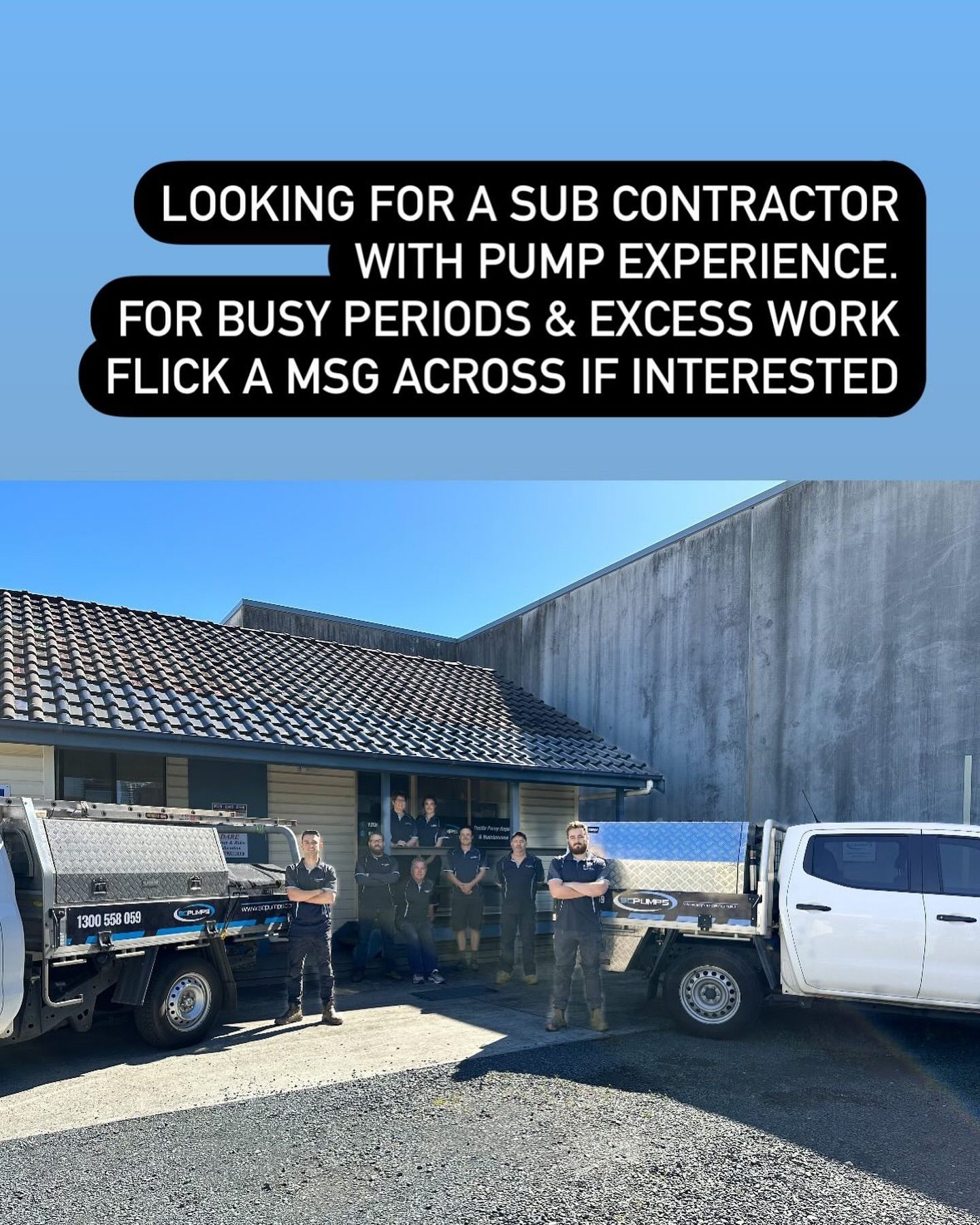5 Warning Signs Your Pump Might Be Failing
Most pump failures don’t happen overnight, they usually give off subtle (and not so subtle) warning signs before things go pear shaped.
Ignoring these early warning signs can lead to more than just an inconvenient breakdown. We’re talking about unexpected shutdowns, water damage, costly emergency call-outs, and in some cases full system replacements that could have been avoided. At Sydney Central Pumps, we’ve seen too many pumps run until they give up entirely, and trust us, it’s rarely a cheap or easy fix.
So, let’s go through the five most common red flags that your pump might be on its way out. If you notice any of these, it might be time to call in the experts for a proper health check.
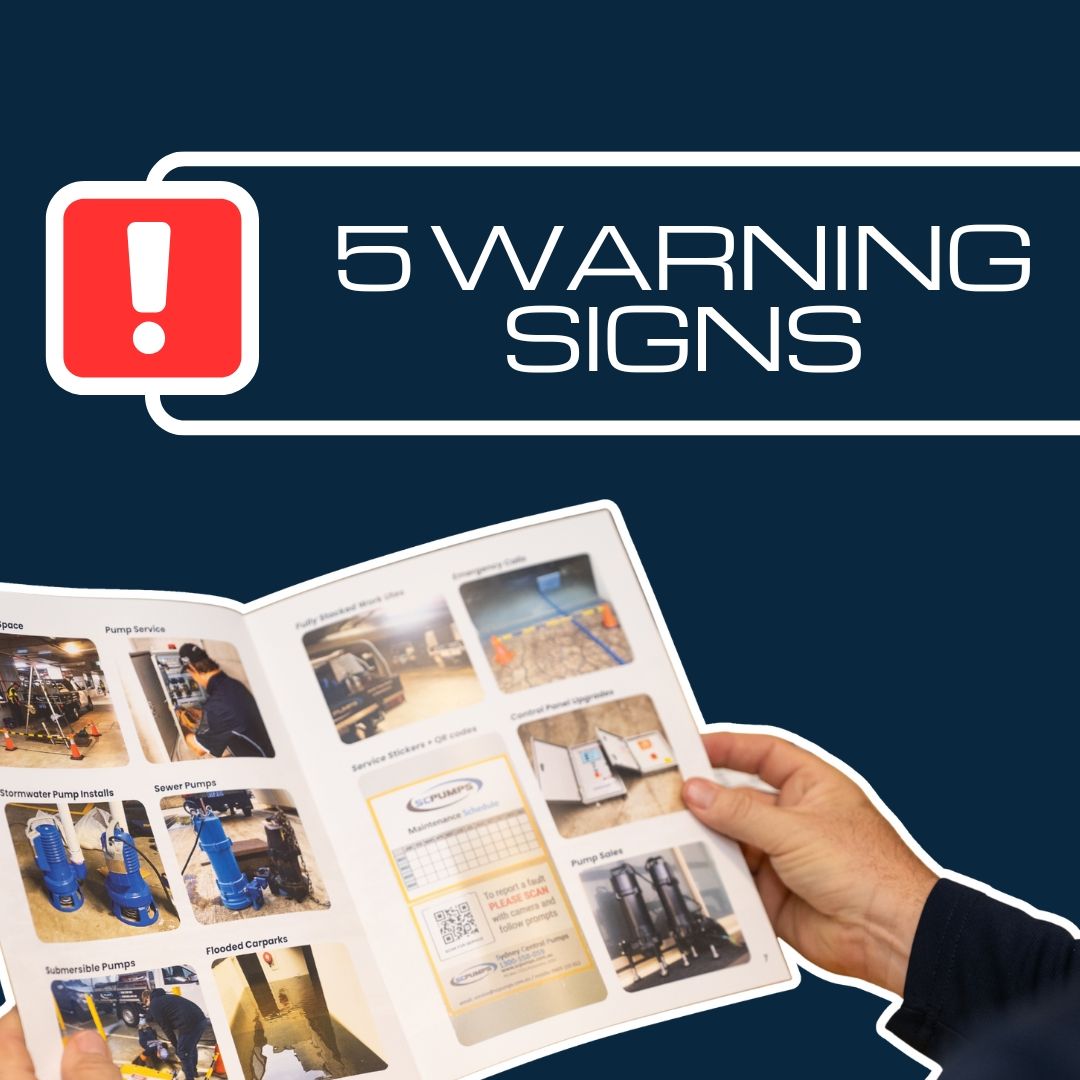
1. Noises You Haven’t Heard Before
A well-running pump should hum quietly in the background, barely noticeable in your day-to-day. If you start hearing banging, grinding, high-pitched squeals or even feeling unusual vibrations, it’s your pump waving a big red flag.
Unusual noises usually point to mechanical issues such as misalignment, worn bearings, or motor faults. Left unchecked, these problems don’t just make your pump sound like a washing machine on its last legs. They also cause components to wear down faster and can throw the entire system out of balance.
The sooner you get noisy pumps checked by a Sydney pumps specialist, the better. What starts as a small rattle can escalate into a full breakdown if ignored. Think of it like ignoring a clunk in your car. It doesn’t go away on its own. It only gets worse.
2. Visible Rust or Leaks
A little rust on components or a few drops of water may seem harmless, but these are often signs of much bigger internal problems. Rust, for example, weakens the metal and shortens the lifespan of your pump. Leaks, on the other hand, reduce pressure and efficiency, and over time they can lead to water damage around the pump room.
The real danger here is that what you see on the outside is usually only a fraction of what’s happening inside. Corrosion can spread internally, and small leaks often point to worn seals or failing internal components. In other words, if you can see rust or water on the outside, it’s time to assume there’s more happening where you can’t see it.

3. Inconsistent Water Pressure
Weak or inconsistent pressure is one of the most common complaints we hear. If tenants, staff, or customers are grumbling about low water flow, especially during peak times, your pump might be struggling to keep up with demand.
This can be caused by a range of issues including partial blockages, internal wear and tear, or even a pump that was never sized correctly for the system in the first place. Pressure fluctuations also put unnecessary strain on pipes and fittings, which means the damage isn’t limited to the pump alone. Your entire system can suffer.
The good news is that pressure problems can often be diagnosed and fixed before the pump gives out completely. Regular servicing allows us to pick up on these patterns early and recommend the right adjustments or repairs.
4. Frequent Electrical Trips
If your power is tripping without an obvious reason, it’s time to pay attention. Pumps that draw too much current often do so because of internal faults or an overload situation.
This isn’t just a nuisance. It’s a serious warning sign. Electrical trips can indicate overheating motors, failing windings, or pumps that are working far harder than they should be. In worst-case scenarios, ignoring electrical faults can pose safety risks as well as system failure.
And let’s be honest, no one likes constantly resetting circuit breakers. It’s about as enjoyable as living with your ex-partner’s weird habits, which is something you shouldn’t put up with for long.
5. Manual Resets More Often Than Not
If your system keeps asking for manual resets, it’s not being temperamental. Rather, it’s trying to tell you something. Frequent resets often indicate underlying issues such as failing sensors, faulty controls, or deeper electrical problems.
While it may seem quicker to just hit the reset button and get on with your day, every reset is really your system shouting for help. Ignoring it only delays the inevitable, and waiting until the pump fails completely usually means more downtime and bigger costs.
Getting these issues looked at promptly gives you control back, instead of leaving you at the mercy of an unexpected failure.
What To Do If These Signs Sound Familiar
If some of these signs seem relatable to you, it’s time to get a proper health check on your pumps. What might look like a small problem now can quickly spiral into a major repair or replacement if left unchecked.
At Sydney Central Pumps, we’re Sydney’s number one experts in pump system servicing and maintenance. We repair pumps and keep them running at their best so you avoid unnecessary downtime, reduce long-term costs, and keep your building systems flowing smoothly.
Whether it’s strange noises, water leaks, inconsistent pressure, or electrical headaches, our team can give you a clear diagnosis and recommend the next steps. After all, most pump failures come with early warning signs. The key is recognising them before it is too late.
Contact us today to book your pump health check and keep your systems performing at their best.

